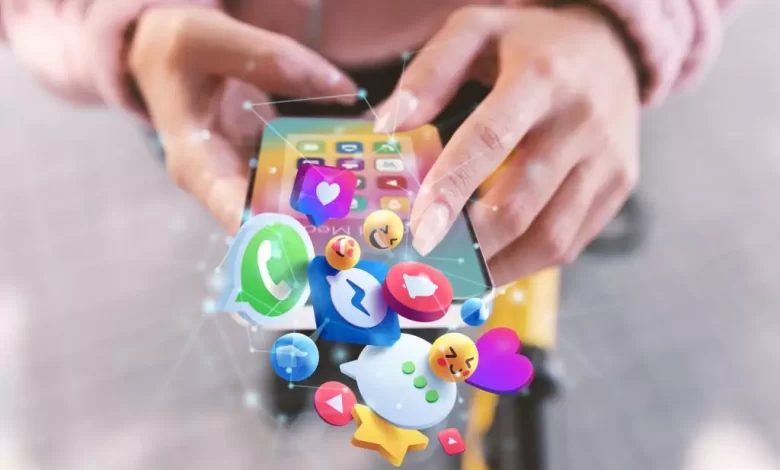
Ever ponder why certain postings dominate your feed, and others are ignored? Not all viral postings are fortunate. Some material spreads like wildfire for scientific reasons. A post may become viral for a number of reasons, including timing and emotions.
Emotional Impact
A post’s emotional appeal is one of the main causes of its viral success. People are more likely to share posts that inspire, laugh, or weep. Take the “Ice Bucket Challenge” as one example. It was more than merely dousing yourself with water. It had a purpose, which was to increase awareness about ALS. People shared their videos because they felt inspired and connected.
On the other hand, humorous memes like “Grumpy Cat” gained widespread popularity on the internet due to their ability to make people laugh. Engagement is driven by emotions. Shares are less likely to occur if your piece does not evoke any strong emotions in readers.
Relatability
People are more likely to share content that they can identify with. If a post makes someone think, “That is so me,” they are more likely to click “share.” Consider the viral popularity of dancing challenges and other TikTok phenomena. For what reason do they function? They are easy, entertaining, and relatable. Grandparents and teenagers alike may try them.
Posts that depict common experiences, such as the thrill of payday or the strain of Monday mornings, often strike a chord. Your audience will be larger if your material is more relatable.
Timing is Key
If uploaded at the wrong moment, even the finest material might fail. Shared at peak internet activity, viral messages often gain traction. Posting in the evening or around lunch, for instance, when individuals are scrolling through their phones, boosts the likelihood of interaction.
When it comes to trends, timing is equally important. Do you recall Instagram’s “World Record Egg”? Because it capitalized on the trend of smashing internet records, it became the most-liked picture. Keeping up with current trends provides your post a competitive advantage.
Simplicity Wins
Posts that are simple to read and engage with have a higher chance of becoming viral. Complex messages are ineffective. Consider tweets that have gone viral, such as “No one: literally no one: Me: eats cheese at 2 a.m.” Funny, straightforward, and easy to understand.
Visual stuff is no different. Bold writing, brief movies, and bright pictures quickly capture attention. People browse rapidly on social media. They will continue to scroll if they are unable to comprehend your article within a few seconds.
The Power of Sharing
People must share content in order for it to become viral. Directly requesting involvement may thus be beneficial. Posts with subtitles like “Share this if you agree” or “Tag a friend who needs to see this” often do better.
A touching video of a teacher dancing with her kids, for instance, went viral in 2020. Why? “This is the kind of teacher we need!” someone said after tagging their friends. It had a cascading impact.
The Right Platform
On certain platforms, different kinds of material perform better. TikTok is excellent for short videos, Instagram is all about images, and Twitter is all about relevant, concise language. It may make a big difference to know where your audience is and to create content specifically for that platform.


